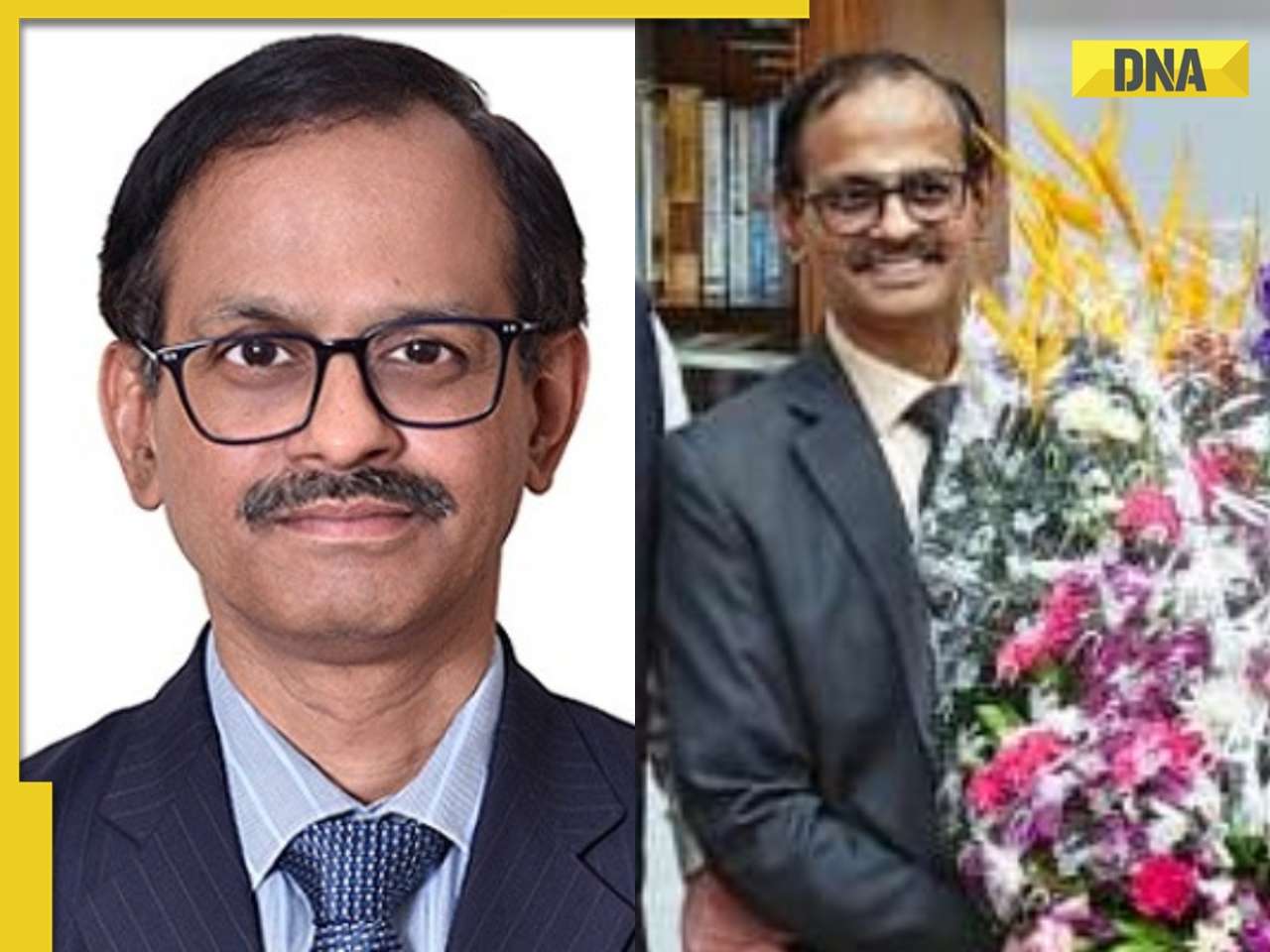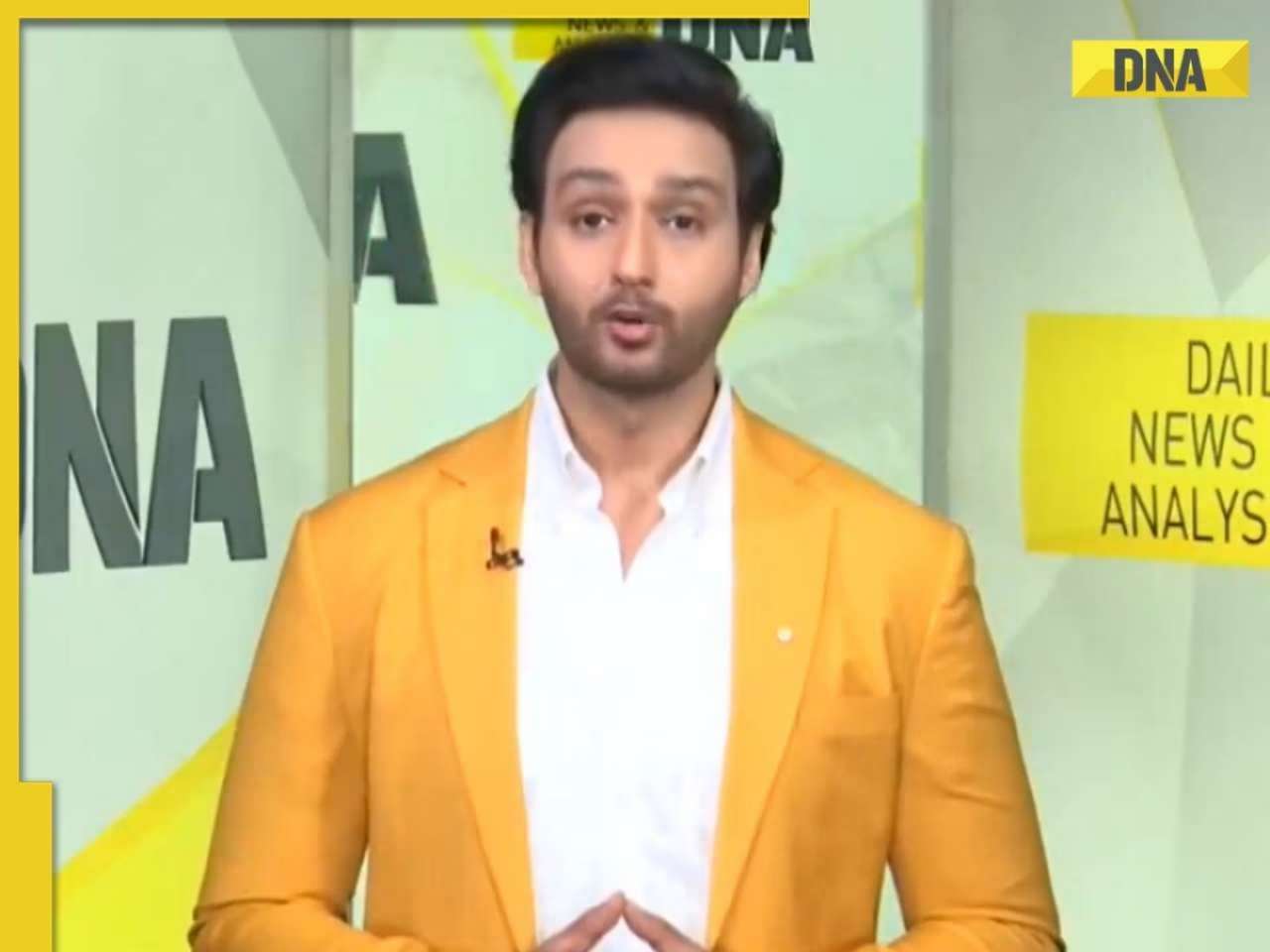The world of stock markets has different characteristics in each country, shaped by the underlying economy, regulations, and also investor behaviour.
The Indian stock market has attracted international attention, especially given its solid growth rate, dynamic companies, and increasing investor base.
But navigating its intricacies may be a journey distinct from what one may experience on global indices. Dive into this informative piece to understand how the stock market in India compares to the top indices of the world.
1.Economic Fundamentals and Growth Trajectory
India is a developing economy with an expected GDP growth rate of 7% in FY 2024-25. High growth potential is often found in the Indian market, which is largely driven by domestic consumption, a youthful demographic, and rising middle-class aspirations. Developed markets like that of the US or Europe usually exhibit slower but stable growth rates.
Established economies focus on innovations and sustaining existing wealth, which is not a typical feature in India. Markets, therefore, perform differently between the two, with the Indian market usually exhibiting increased volatility and higher growth potential.
2.Market Composition and Sectoral Differences
Indian indices are dominated more by sectors such as financial services, information technology, and energy. It reflects the general economic focus and industrial landscape. For example, Nifty 50 and BSE Sensex are heavy in financial and IT companies.
The global stock market indices tend to be more diversified sectorally. For example, the S&P 500 has a higher proportion of technology, healthcare, and consumer goods sectors. Sectoral differences may influence investment outcomes, especially during economic transitions when some sectors outperform or underperform compared to others.
3.Foreign Investment Patterns
India as a whole had highly changing foreign investment flows. Generally, India's emerging status was coupled with geopolitical risks along with currency volatility, leading to fluctuating foreign investments. FPIs add liquidity and help spur growth but also lead to significant outlays, which turn the Indian market much more volatile.
On the other hand, foreign investments are relatively stable in developed markets because institutional investors are assured of the stability and maturity of these economies. Such differences in foreign investments affect the performance and volatility of the Indian stock market as compared to the major world indices, and the latter often tends to be less sensitive to the shift in global economies and sentiments of the investors.
4.Currency Fluctuations
The Indian rupee is one of the emerging market currencies. Its worth fluctuates regularly, influenced by inflation, trade deficits, and macroeconomic policies. This makes it a much riskier proposition for foreign investors as their returns are influenced by the depreciation or appreciation of the currency.
Investors in global indices linked to stable currencies like the US dollar or euro face fewer risks. This dynamic tends to make the Indian market more appealing to high-risk, high-reward investors while attracting stability seekers to global indices.
5.Investor Demographics and Market Maturity
The Indian stock market's demographic profile of investors is relatively young, with more first-time investors entering the market, especially after the digital revolution in stock trading. In contrast, the markets in developed economies have a more mature investor base with high institutional participation.
Retail investors in India are driving the stock market trend and fluctuations with short-term news or events. A better balance between retail and institutional investors in global indices may lead to more stability and less vulnerability to short-term volatility based on individual sentiment.
6.Valuation
Indian stocks have a strong potential for growth. So, they tend to trade at higher price-to-earnings ratios compared to developed markets. Again, these valuations can be seen as reflecting the growth potential of Indian companies.
However, they also signify greater risks if earnings fail to meet growth expectations. While investors in global indices might receive lower valuations, they know that their returns are stable.
Final Words
Understanding the major differences between the Indian stock market and global indices gives an insight into the opportunities and challenges inherent to each. For investors, this is important in shaping an effective investment strategy that addresses their risk tolerance and financial goals. If you need more information about domestic and global indices, use the stock screener app Research 360 from the house of Motilal Oswal.
(This article is part of IndiaDotCom Pvt Lt’s sponsored feature, a paid publication programme. IDPL claims no editorial involvement and assumes no responsibility or liability for any errors or omissions in the content of the article.)
 India issues fresh travel advisory, asks citizens to avoid going to THIS country: 'Carefully consider...'
India issues fresh travel advisory, asks citizens to avoid going to THIS country: 'Carefully consider...'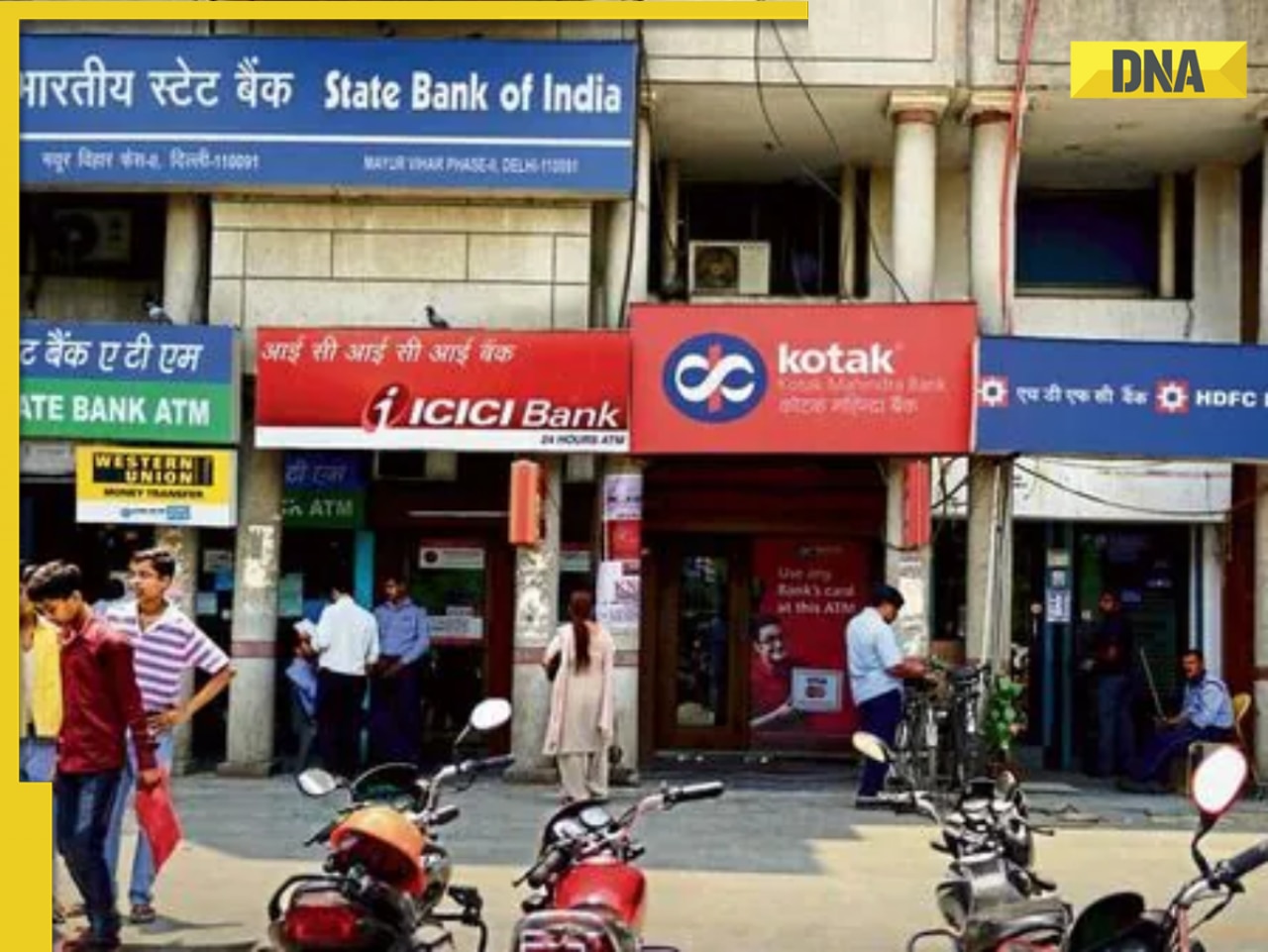 THIS govt company in HUGE debt, defaults on bank loans worth whopping Rs...
THIS govt company in HUGE debt, defaults on bank loans worth whopping Rs... This city is world’s most student friendly, 4 Indian cities also feature in list with the most affordable city being...
This city is world’s most student friendly, 4 Indian cities also feature in list with the most affordable city being...  Tesla cars will be priced cheaper in Delhi and Mumbai than Gurugram, here’s why, check cost difference here
Tesla cars will be priced cheaper in Delhi and Mumbai than Gurugram, here’s why, check cost difference here Donald Trump makes BIG proposal to Ukraine over Russia war, asks Zelenskyy, 'Can you hit...'
Donald Trump makes BIG proposal to Ukraine over Russia war, asks Zelenskyy, 'Can you hit...' What is brain fog? 7 Ways to overcome it
What is brain fog? 7 Ways to overcome it Sawan 2025: Move beyond Tip Tip Barsa Paani, this rainy season groove on these sizzling songs
Sawan 2025: Move beyond Tip Tip Barsa Paani, this rainy season groove on these sizzling songs Kang Seo‑ha to Kim Sae‑ron: K‑drama, K-pop icons we lost recently
Kang Seo‑ha to Kim Sae‑ron: K‑drama, K-pop icons we lost recently Our Golden Days, My Lovely Journey, Beyond the Bar: 8 must-watch K-dramas in August 2025
Our Golden Days, My Lovely Journey, Beyond the Bar: 8 must-watch K-dramas in August 2025 Parents-to-be Rajkummar Rao and Patralekhaa: What makes their family ties so strong
Parents-to-be Rajkummar Rao and Patralekhaa: What makes their family ties so strong Odisha Girl Self Immolation Case: Odisha CM Announces Rs 20 Lakh Aid For Kin Of Balasore Student
Odisha Girl Self Immolation Case: Odisha CM Announces Rs 20 Lakh Aid For Kin Of Balasore Student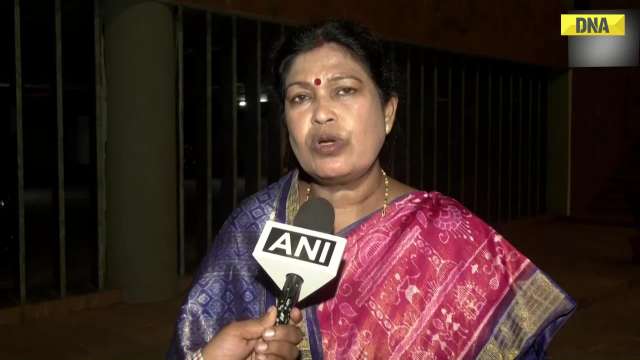 Odisha Girl Self-Immolation Case: BJD leader Slams Odisha Govt After Balasore Student Dies
Odisha Girl Self-Immolation Case: BJD leader Slams Odisha Govt After Balasore Student Dies President Murmu Appoints New Governors For Haryana, Goa; Kavinder Gupta Named LG Of Ladakh
President Murmu Appoints New Governors For Haryana, Goa; Kavinder Gupta Named LG Of Ladakh Bombay Stock Exchange Receives Bomb Threat From 'Comrade Pinarayi Vijayan', '4 RDX IED In Building'
Bombay Stock Exchange Receives Bomb Threat From 'Comrade Pinarayi Vijayan', '4 RDX IED In Building' India Pakistan News: New Paramilitary Force In Pakistan Sparks Crackdown Fears
India Pakistan News: New Paramilitary Force In Pakistan Sparks Crackdown Fears THIS govt company in HUGE debt, defaults on bank loans worth whopping Rs...
THIS govt company in HUGE debt, defaults on bank loans worth whopping Rs... Tesla cars will be priced cheaper in Delhi and Mumbai than Gurugram, here’s why, check cost difference here
Tesla cars will be priced cheaper in Delhi and Mumbai than Gurugram, here’s why, check cost difference here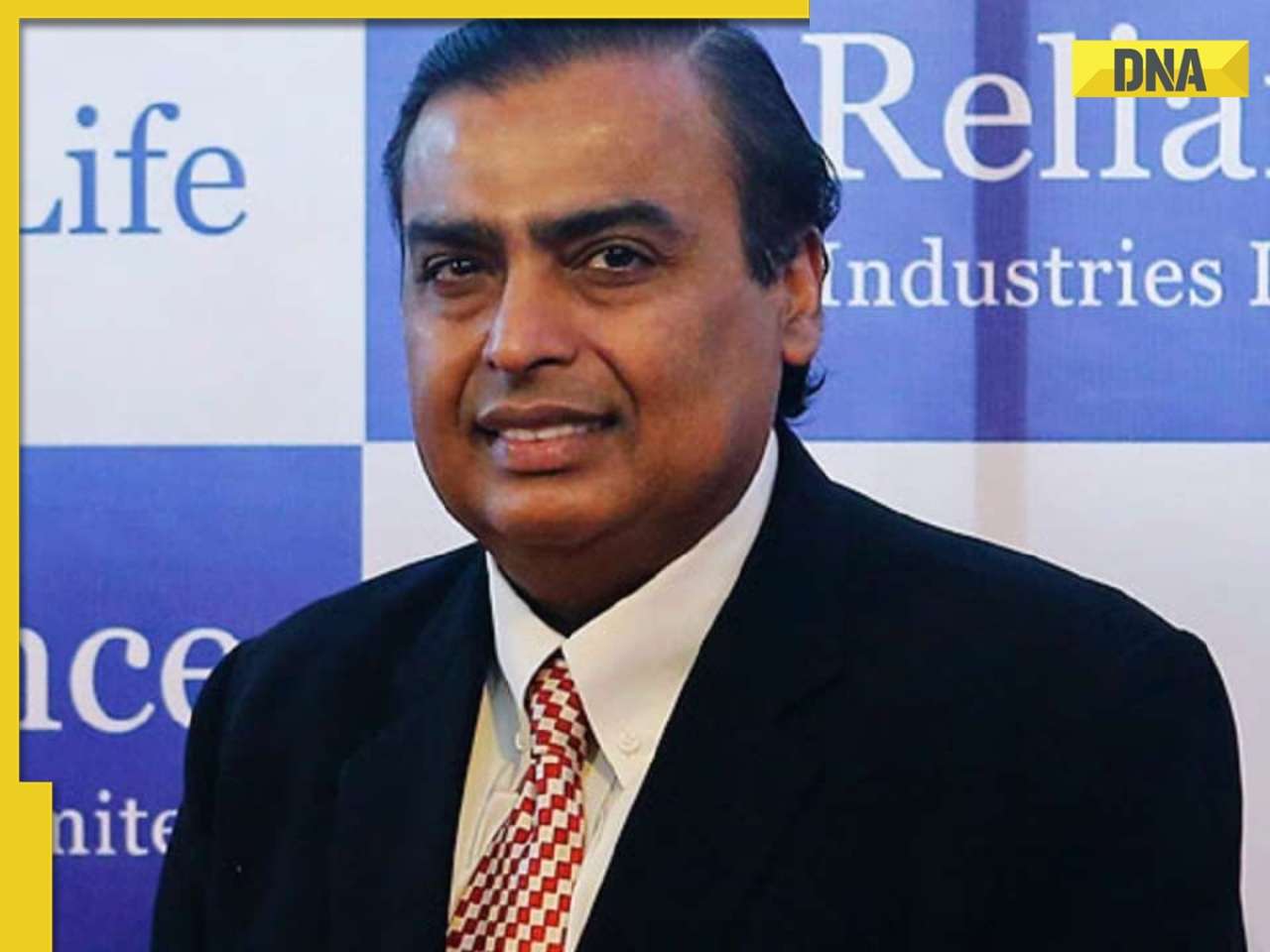 Mukesh Ambani's Reliance's BIG win as Delhi HC directs e-commerce platforms to...
Mukesh Ambani's Reliance's BIG win as Delhi HC directs e-commerce platforms to... UIDAI shares BIG update on children above 7 with Aadhaar: 'To face risk of...'
UIDAI shares BIG update on children above 7 with Aadhaar: 'To face risk of...' Meet woman who started as trainee, will now become CEO of..., won major award at Cannes, she is...
Meet woman who started as trainee, will now become CEO of..., won major award at Cannes, she is...  Then and now: What Daniel Radcliffe, Emma Watson, Rupert Grint and more Harry Potter cast members doing now?
Then and now: What Daniel Radcliffe, Emma Watson, Rupert Grint and more Harry Potter cast members doing now? Which Visa lets you travel to multiple countries? Learn about Visas that fit your needs
Which Visa lets you travel to multiple countries? Learn about Visas that fit your needs Chhoriyan Chali Gaon contestants list out: Anita Hassanandani, Aishwarya Khare, and others join Rannvijay Singha's show
Chhoriyan Chali Gaon contestants list out: Anita Hassanandani, Aishwarya Khare, and others join Rannvijay Singha's show Laapataa Ladies' Pratibha Ranta returns in Revolutionaries with Bhuvam Bham, Rohit Saraf: All you need to know about Nikkhil Advani's series
Laapataa Ladies' Pratibha Ranta returns in Revolutionaries with Bhuvam Bham, Rohit Saraf: All you need to know about Nikkhil Advani's series Ananya Panday's vacation photos go viral: A peek into her sun-kissed moments, beach outfits, and carefree vibes
Ananya Panday's vacation photos go viral: A peek into her sun-kissed moments, beach outfits, and carefree vibes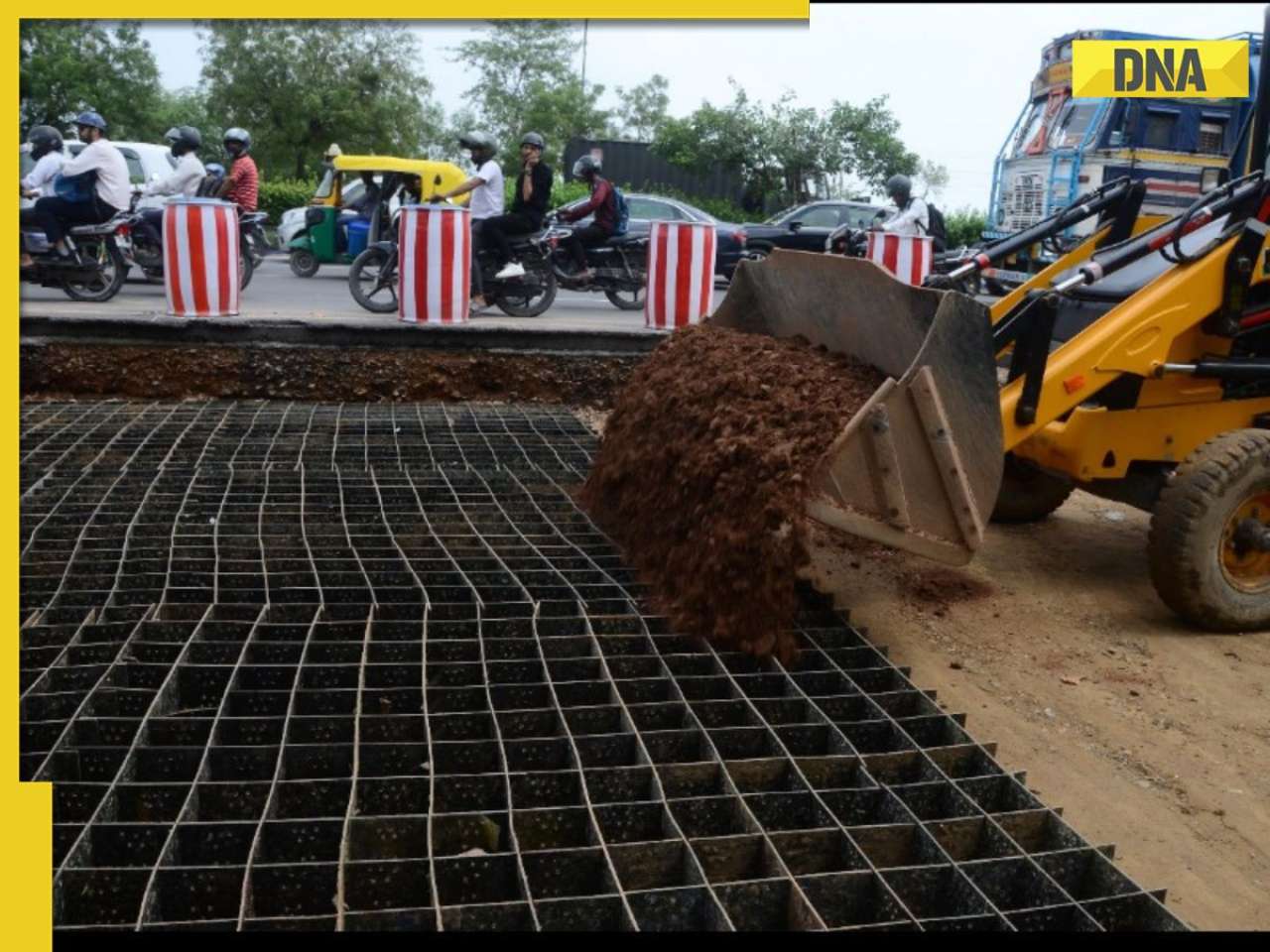 India's first plastic road to be built with Geocell Technology in..., know all about this sustainable initiative
India's first plastic road to be built with Geocell Technology in..., know all about this sustainable initiative  Golden Temple receives bomb threat again, second RDX email in 24 hours, probe underway
Golden Temple receives bomb threat again, second RDX email in 24 hours, probe underway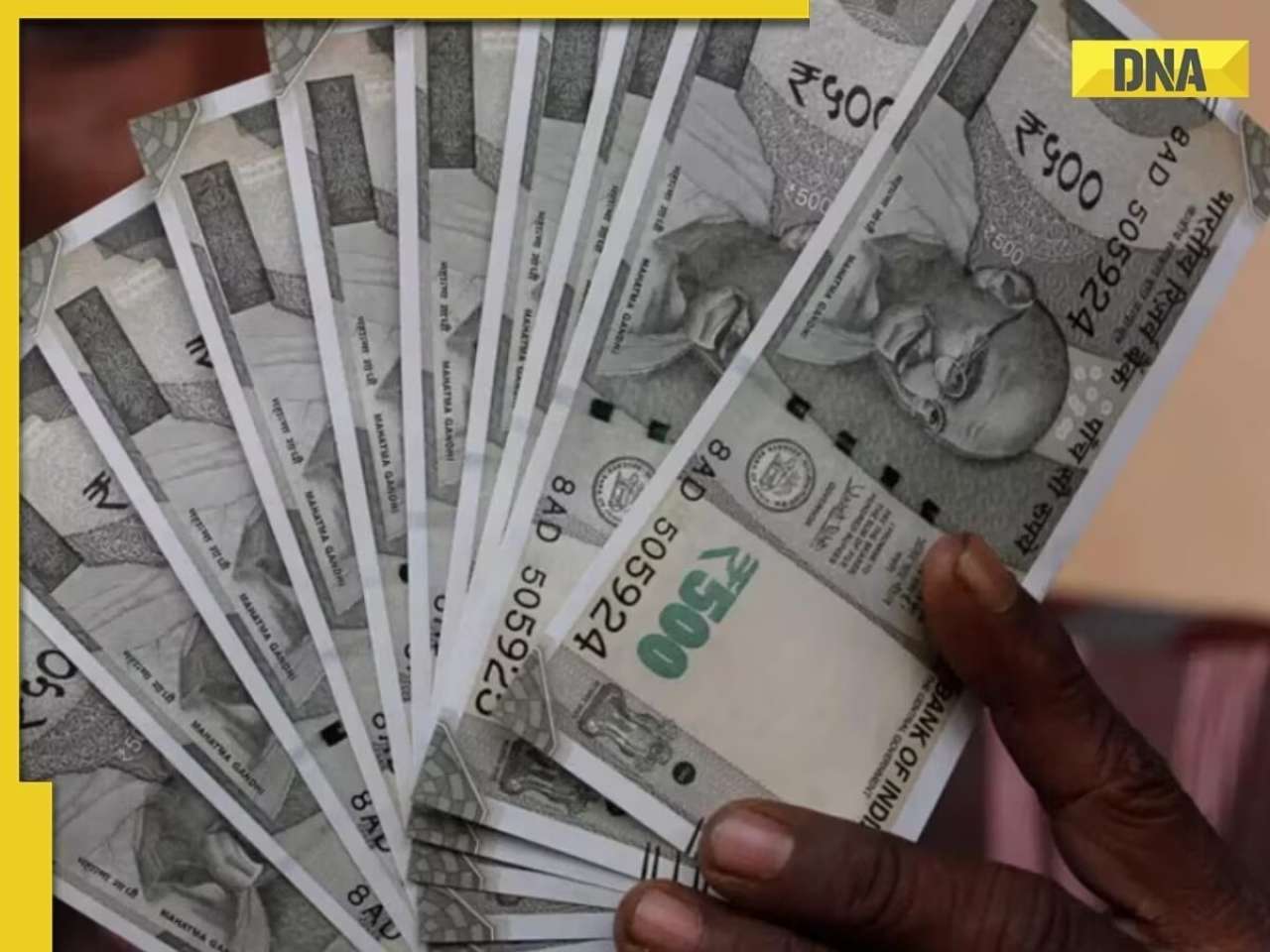 Rs 10000000000: Indians losing huge amount of money every month due to...
Rs 10000000000: Indians losing huge amount of money every month due to... DNA Verified: Samosa, jalebi, other Indian snacks to carry health warning labels? Know the truth here
DNA Verified: Samosa, jalebi, other Indian snacks to carry health warning labels? Know the truth here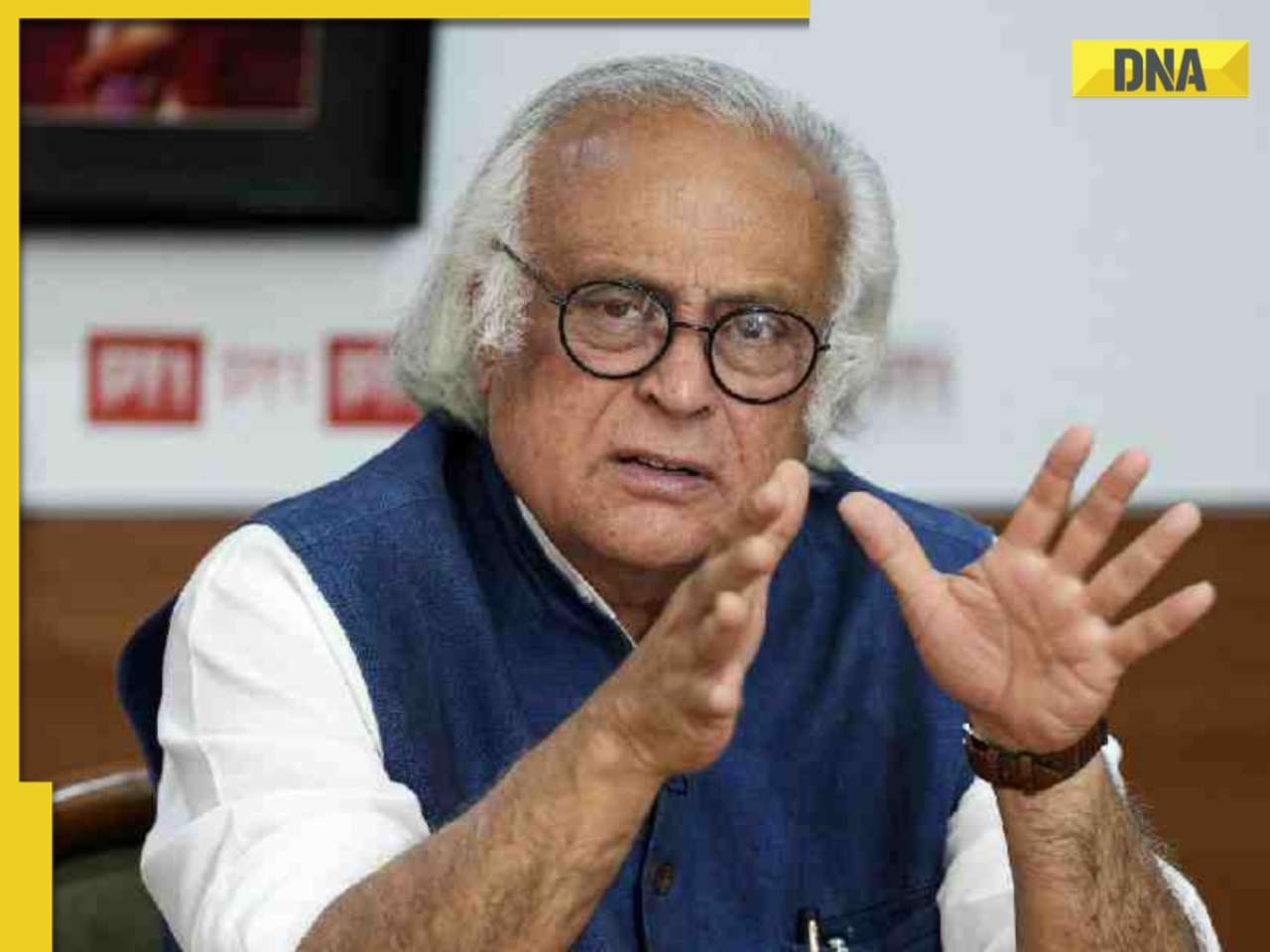 '65 days, 22 times’: Congress leader Jairam Ramesh slams BJP as US President Trump again claims credit for India-Pakistan ceasefire
'65 days, 22 times’: Congress leader Jairam Ramesh slams BJP as US President Trump again claims credit for India-Pakistan ceasefire Who is IAS officer Arpit Sagar who Fined NHAI for..., served in high-ranking administrative roles, she’s from...
Who is IAS officer Arpit Sagar who Fined NHAI for..., served in high-ranking administrative roles, she’s from...  Meet woman who left high-paying job in Switzerland for UPSC exam, secured AIR...; married to IAS, she is now...
Meet woman who left high-paying job in Switzerland for UPSC exam, secured AIR...; married to IAS, she is now... Meet woman who failed in NEET, UPSC exams, later secured Rs 72 LPA job at THIS aviation giant to become the youngest...
Meet woman who failed in NEET, UPSC exams, later secured Rs 72 LPA job at THIS aviation giant to become the youngest... This auto driver speaks 7 languages, did double MA, worked in MNCs, wanted to become IAS officer then..., is now going viral for..
This auto driver speaks 7 languages, did double MA, worked in MNCs, wanted to become IAS officer then..., is now going viral for.. Meet 19-year-old boy who took family responsibilities after his father's demise, cracked JEE Main with 9 to 5 job, his AIR was..., he wants to...
Meet 19-year-old boy who took family responsibilities after his father's demise, cracked JEE Main with 9 to 5 job, his AIR was..., he wants to... This luxury car is first choice of Indians, even left BMW, Jaguar, Audi behind in sales, it is...
This luxury car is first choice of Indians, even left BMW, Jaguar, Audi behind in sales, it is... Kia India unveils Carens Clavis: Check features, design changes, price and more; bookings open on...
Kia India unveils Carens Clavis: Check features, design changes, price and more; bookings open on... Tesla CEO Elon Musk launches most affordable Cybertruck, but it costs Rs 830000 more than older version, it is worth Rs...
Tesla CEO Elon Musk launches most affordable Cybertruck, but it costs Rs 830000 more than older version, it is worth Rs... Planning to buy a Maruti Suzuki car? Prices set to rise by 4% from...
Planning to buy a Maruti Suzuki car? Prices set to rise by 4% from... Audi launches Audi RS Q8 2025 in India: Know price, specifications and unique features
Audi launches Audi RS Q8 2025 in India: Know price, specifications and unique features 




)
)
)
)
)
)
)
)
)
)
)
)
)
)
)
)



